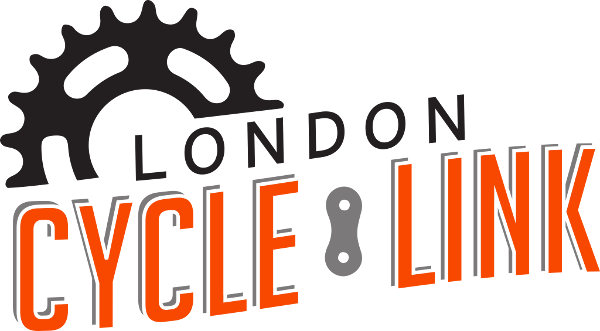Lessons Learned from Bikes on Dundas
On Tuesday, March 5th, London City Council voted almost unanimously to endorse the staff recommendation for protected bike lanes on Dundas between downtown and Old East Village with a hybrid/couplet model through the heart of Old East (westbound on Queens and eastbound on Dundas).
Although the hybrid portion is not the best solution, the protected bike lane as a whole represents a giant leap forward for attracting more people on bikes, for improving perceived and actual safety, and for creating a more vibrant Old East Village and Downtown.
There are many things we can learn from the process and decision that can inform our future work:
Advocacy works - This may seem counterintuitive since we didn’t get the full solution we wanted, but if we look back to the first public meeting, many business owners didn’t want bike lanes on Dundas at all. Having us present and vocal at the public meetings to declare the importance of locating good cycling infrastructure close to retail and cultural destinations gave city staff the support they needed to make it a reality.
Building positive relationships early on is critical - Since the precise solution we advocated for was only detailed after both public meetings had been held, it was harder to garner support from the local city councillor and BIA. Having as many businesses, councillors, and community leaders as possible in support before it comes to a council decision will give us a much better chance of success.
Communicate clear messaging and factual information widely - Misinformation or confusion around what is being proposed is likely; the status quo is always the easiest path forward because it is known and accepted. It’s up to us as advocates to communicate the benefits, illustrate the vision, demonstrate how it will affect stakeholders, and synthesize it all into a cohesive message.
We need a team of people to strategize and support the advocacy process - Advocacy is dynamic and strategizing in real-time is important. We need many voices to make good decisions and be heard. The community of people supporting Bikes on Dundas could be a great start for a member-based advocacy team for future projects.
We have support - There are many people in London who want to see better infrastructure for people on bikes. Through the Bikes on Dundas process we heard support for our advocacy from citizens, business owners, politicians and other community organizations. Let’s amplify those voices!
Although Council has made their decision, and that is more or less final, there is still much work to be done to ensure the project achieves its goals of attracting more people to cycle and improve safety. Here are a few things we need to do in the coming months:
Count the number of cyclists on Queens, Dundas, and King this spring/ summer so we have a baseline to compare to. This will help document the progress that is made.
Create a wish list of any improvements we feel are necessary to city staff’s design and advocate for these.
Ensure an increased cycling budget for the infrastructure that’s not on Dundas between Adelaide and Ontario (covered by a full road reconstruction project). Early estimates from staff were in the $2 million range, which would be the equivalent of 3 years of the current cycling budget.
Partner with local businesses to help them understand the needs and wants of cyclists and ask how people on bikes can support them (buy more!).
This was a great project for London Cycle Link to undertake, and it was by no means a loss. Changing London from a car-centric city to one that accepts and supports cycling as a viable alternative is difficult and important work.
Thank you to everyone who has supported Bikes on Dundas so far. We look forward to following this project through to its best end, and to using what we’ve learned in this process to work towards better, safer, smarter cycling infrastructure as we ride on!
